Spray painting is a quick and straightforward method that can bring new life to old or tarnished jewelry pieces. Whether you want to refresh the color or completely change it, spray paint can be an effective solution. However, to achieve the most effective performance, it is crucial to observe the correct procedures and take necessary precautions.
Before you start spray painting your jewelry, there are a few things to consider. Firstly, ensure that the decoration is kept clean and contains no grime or oils that may interfere with the adhesion of the paint. It may require a soft detergent or jewelry cleaner to remove any residue.
Next, it is crucial to choose the right type of spray paint for your jewelry. Different materials may require different types of paint, so be sure to read the labels and select a paint that is suitable for the specific metal or material of your jewelry.
When it comes to the actual spraying process, it is advisable to work in a well-ventilated area or even outdoors to minimize the inhalation of fumes.
Start by applying thin, flat layers of paint, allowing every single layer to fully dry prior to the subsequent layer. This will help prevent drips or clumps of color from forming. Multiple coats may be required depending on the intensity of the color you want to achieve.
Once you have finished spray painting your jewelry, allow it to dry thoroughly according to the manufacturer’s instructions. It is important to handle the painted jewelry with care to avoid scratching or chipping the paint.
In conclusion, spray painting can be a great way to revitalize your jewelry pieces. However, it is crucial to follow the correct procedures, choose the right type of paint, and take necessary precautions to achieve the best results. With proper care and attention, you can create stunning and customized jewelry pieces that reflect your personal style.
How to Paint Jewelry?
Prepare the Jewelry
The preparation phase is absolutely crucial for achieving a successful spray painting job on your jewelry. To ensure the best results, follow these detailed steps:
- Remove Any Gems: Before you begin the spray painting process, it’s important to remove any gems or stones from your jewelry piece. This precaution is necessary as spray paint can potentially damage these delicate items. You can always add them back later to maintain their pristine condition.
- Polish the item: Once the gemstones are removed, the next step is to carefully scrub the jewelry. Take a padded brush and create a mixture of lukewarm tap water mixed with a few sprinkles of gentle hand soap. Brush the piece of jewelry carefully to lift away any grime, grease, or tarnish, being careful not to scratch the surface. Wash the pieces completely and dry using a paper towel.
- Sand it if necessary: If the surface of your artwork has a glossy finish or rough areas, you may need to lightly sand the surface for better adhesion. Use fine-grit sandpaper and gently sand the jewelry. After sanding, rub them with a wet cloth to eliminate any dust residue.
- Mask Off Areas: To ensure precise paint application, use painter’s tape to mask off any areas on the jewelry piece that you do not want to paint. This step is especially important if you want to maintain certain sections in their original state. By carefully masking off these areas, you can achieve clean and professional-looking results.
- Set Up Your Workspace: Create a dedicated workspace for your spray painting project. Arrange your jewelry pieces on a flat surface covered with newspaper or a drop cloth to protect it from potential overspray. Organize the pieces strategically, ensuring that you can easily rotate them to paint all sides evenly.
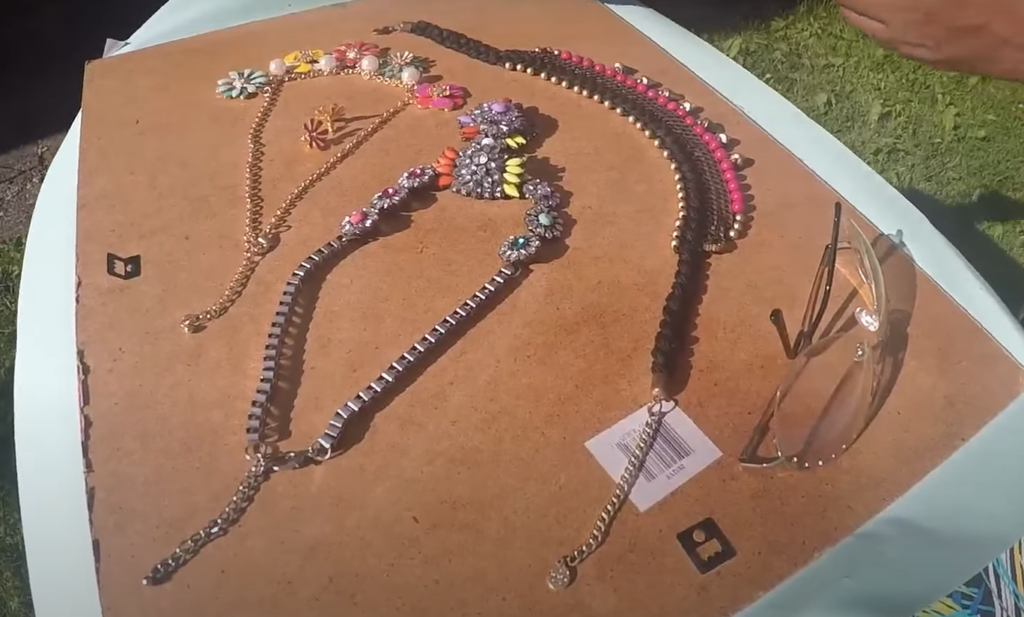
By meticulously following these preparatory steps, you will set the stage for a flawless spray painting process. Remember, patience and attention to detail during the preparation phase will ultimately yield the best results for your jewelry transformation project.
No-Bake Enamel
One alternative method for changing the look of your jewelry, especially if you’re dealing with heat-sensitive materials or want to avoid the fumes from traditional spray paint, is to use no-bake enamel. This type of enamel is a type of paint that dries and hardens without necessity for heat.
Here are the guidelines on how to use no-bake enamel to transform your jewelry:
- Preparing the Surface: Before applying the enamel, make sure the face of your piece is clean and devoid of all dirt and grease. Alternatively, you may wish to use a fine jewelry polish or mild soap and warm water to mildly scrub the item. Let it dry completely before proceeding.
- Choosing the Right Enamel: There are various types of no-bake enamel available, such as transparent, opaque, or metallic finishes. Consider the desired look you want to achieve and select the appropriate enamel color.
- Applying the Enamel: Start by shaking the bottle well to ensure the enamel is thoroughly mixed. Then, using a fine brush, apply the enamel in thin, even strokes. Be sure to cover all the desired areas, but avoid over-applying it as it may drip or pool. Take your time and work with steady hands for precise application.
- Drying Time: Allow the enamel to air dry completely. The drying time can vary depending on factors such as humidity and temperature. It could take anywhere from a few hours to overnight. Be patient and avoid touching or moving the jewelry during this time to prevent smudging or ruining the finish.
- Applying Additional Coats: If you want a more intense color or if your first coat was too thin, you can apply additional coats. Just make sure each coat is fully dry before applying the next one. This layering technique can enhance the vibrancy and depth of the enamel color.
- Sealing and Protecting: After the final coat has dried, consider applying a clear sealant to protect the enamel and add a glossy finish. This step is optional but can provide extra durability and longevity to your jewelry. Look for a sealant specifically designed for use with enamel paints and follow the manufacturer’s instructions for application.
Remember to work in a well-ventilated area when using no-bake enamel to ensure proper air circulation. Protect your workspace from any potential spills or splatters by using a drop cloth or working on a covered surface. Also, make sure to clean your brush immediately after use with water or a brush cleaner to keep it in good condition for future projects.
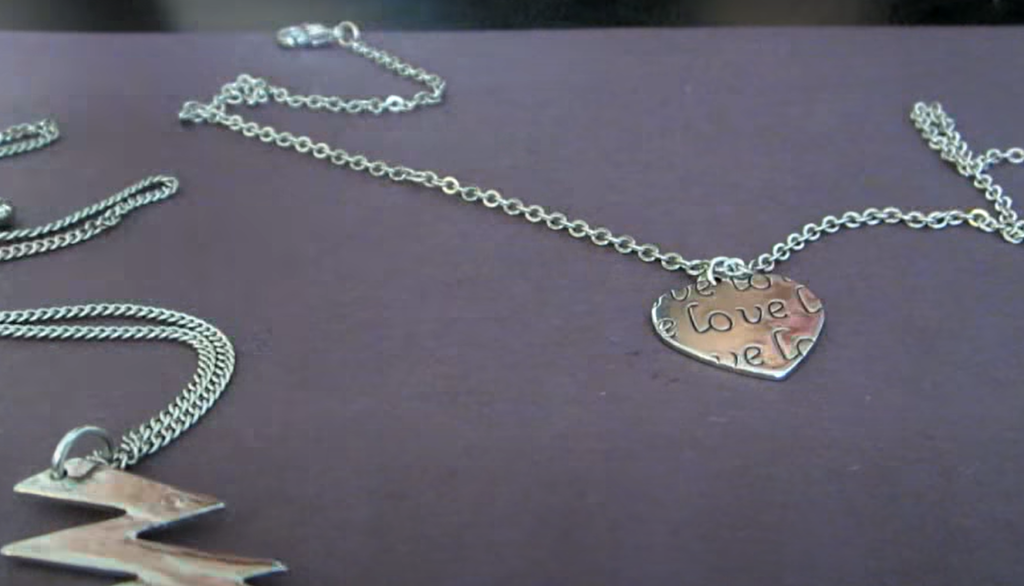
By following these detailed steps, you can achieve stunning results and give your jewelry a unique and personalized touch using no-bake enamel. Happy crafting!
Spray Paint
Spray paint is an excellent choice for rejuvenating and transforming old jewelry pieces, allowing you to give them a fresh and updated appearance. With its smooth and even finish, spray paint can drastically alter the look of your items, breathing new life into them.
When it comes to spray paint options, there are several types available in the market, each offering distinct characteristics and finishes to suit your preferences. Let’s explore some of them:
- Acrylic Spray Paint: If you’re looking for a fast-drying option, acrylic spray paint is a great choice. This water-based paint provides a durable and high-gloss finish that resists chipping and fading over time. It’s perfect for jewelry pieces that require long-lasting beauty.
- Enamel Spray Paint: For a glossy finish reminiscent of glass, enamel spray paint is the way to go. This oil-based paint is highly durable and resistant to weather and chemicals, making it suitable for jewelry that undergoes heavy use. With enamel spray paint, your jewelry can maintain its lustrous appearance for a long time.
- Metallic Spray Paint: If you desire a shiny and reflective finish that mimics the look of metal, metallic spray paint is an excellent option. It adds a touch of elegance and sophistication to your jewelry, giving it a high-end and glamorous appearance that catches the eye.
- Chalk Spray Paint: For a more vintage or rustic look and feel, chalk spray paint is the perfect choice. This type of paint delivers a matte and chalky finish, creating a unique and charming aesthetic for your jewelry pieces. It’s a great way to add a touch of nostalgia and character to your accessories.
Remember, each type of spray paint comes with specific instructions, so it’s important to read the label before starting your project. Additionally, make sure to choose a color that complements the style and design of your jewelry, enhancing its overall appeal.
This approach helps prevent drips and ensures a professional-looking finish. Allow each layer to dry fully before applying the next, allowing the paint to adhere properly and achieve the desired effect.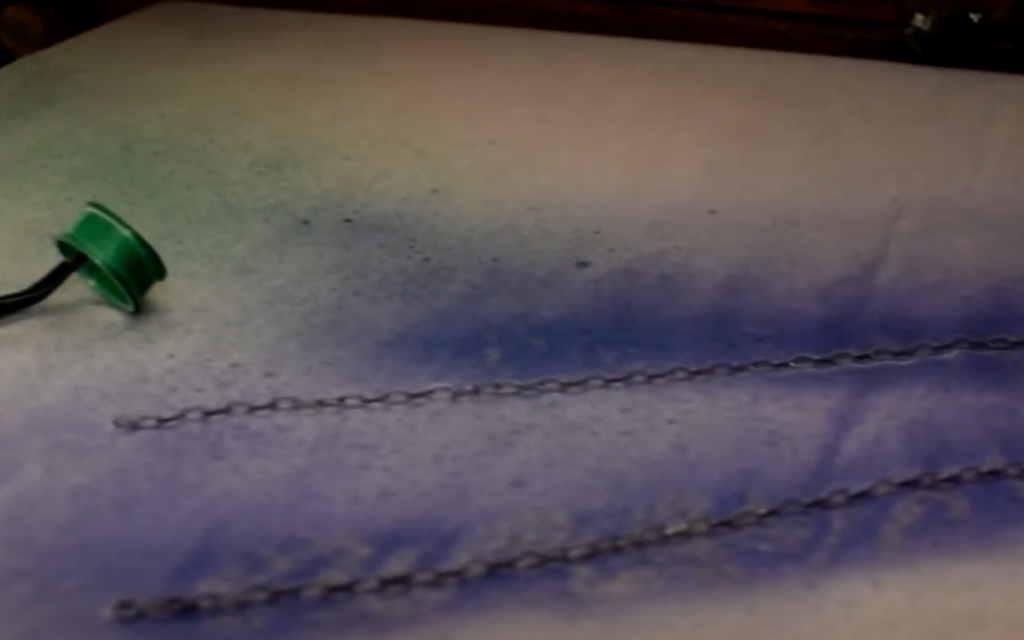
By considering these details and techniques, you can confidently embark on your spray painting journey, reviving and reinventing your jewelry pieces with a fresh and personalized touch. Let your creativity shine and enjoy the process of transforming your accessories into unique works of art!
Glazing
Glazing is a crucial step in jewelry painting, as it not only adds a protective layer but also imparts a lustrous or matte finish, depending on your preference. This process goes beyond aesthetics, as it enhances the durability of the paintwork, making your jewelry more resistant to everyday wear and tear.
- Choosing the Glaze: When it comes to selecting the right glaze, the market offers a wide range of products, each with its own unique benefits. From convenient spray glazes for easy application to brush-on options, it’s important to choose a product specifically designed for the type of material your jewelry is made from. This ensures optimal results and longevity.
- Applying the Glaze: For brush-on glazes, a soft brush is used to apply the glaze in thin, even strokes. On the other hand, spray glazes should be applied from a distance of about 10-12 inches, just like using spray paint. It’s crucial to closely follow the manufacturer’s instructions to achieve the desired outcome.
- Drying: After applying the glaze, it’s essential to allow it to dry completely. The drying time may vary depending on the specific product used, ranging from a few hours to a full day. Patience during this step ensures that the glaze sets properly, maximizing its protective and aesthetic benefits.
- Additional Coats: If desired, you can apply additional coats of glaze for added protection or to achieve a higher level of glossiness. However, it’s important to ensure that each coat dries fully before applying the next one. This ensures a smooth and even finish.
Remember to work in a well-ventilated area when applying glaze and take necessary precautions to protect your workspace from potential spills or overspray. With the glaze expertly applied, your jewelry will showcase a fresh new look that is sure to endure the test of time![1]
How To Paint Fake Gold Jewelry?
Painting fake gold jewelry can be an effective and budget-friendly way to transform its look and restore its shine by covering any signs of tarnishing or wear. Here’s a step-by-step guide on how to do it:
- Clean the Jewelry: Begin by thoroughly cleaning your jewelry using a mild soap and warm water. This will help remove any dirt, oils, or residue that may affect the paint adhesion. Make sure to dry it completely before moving on to the next step.
- Sand It Down: If the jewelry has a glossy finish, lightly sand the surface with fine-grit sandpaper. This step helps create a textured surface for the paint to adhere better. After sanding, remember to clean off any dust with a damp cloth to ensure a smooth painting process.
- Apply Primer (Optional): Applying a primer before painting can further enhance the durability and longevity of the paint job. Choose a primer that is suitable for metal surfaces and apply an even coat to the jewelry. Allow it to dry completely before proceeding.
- Apply the Paint: Select a high-quality spray paint specifically designed for metal surfaces. Apply thin, even layers of paint to the jewelry, making sure to let each layer dry before adding the next one. Patience is key here, as rushing can lead to drips, uneven coverage, or even smudging the previous layers.
- Seal the Paint: Once the paint is fully dry, it’s recommended to seal it with a clear sealant. This step not only protects the paint but also adds a glossy or matte finish, depending on your preference. Apply multiple thin layers of sealant, allowing each layer to dry before adding the next.
- Let It Dry: Finally, give your painted jewelry ample time to dry before wearing or handling it. This will ensure that the paint job sets properly and lasts as long as possible, preventing any accidental smudging or damage.
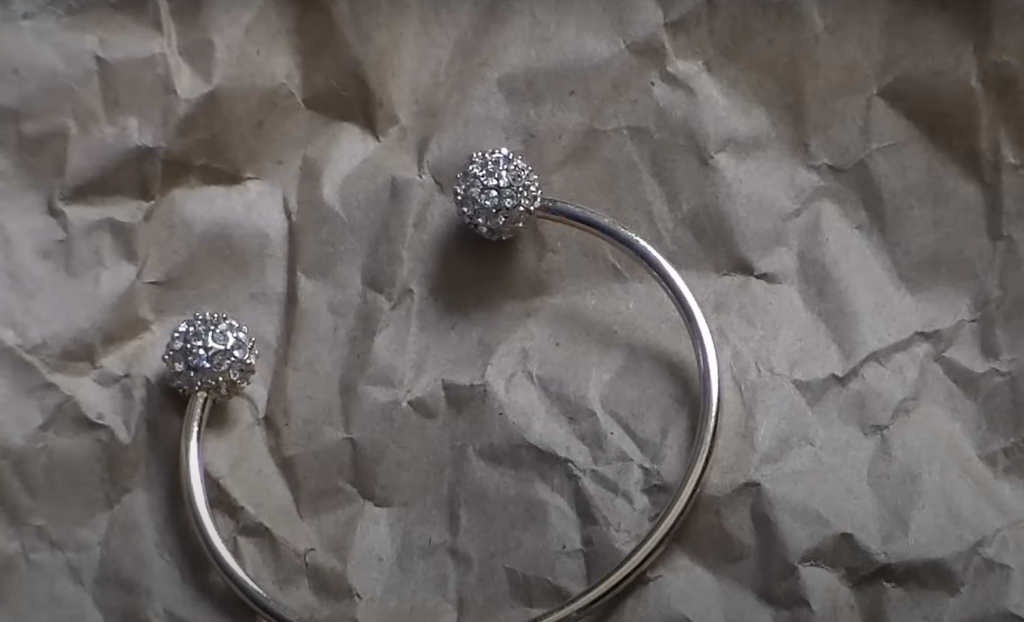
Remember, when engaging in any DIY project, it’s important to work in a well-ventilated area to avoid inhaling fumes, and protect your work surface from any potential paint or sealant spills. Enjoy the process and happy painting![1]
What Do You Spray Jewelry With?
Choosing the right type of spray paint is crucial for a successful jewelry painting project. The most recommended type is enamel spray paint due to its durability and high-gloss finish. It adheres well to metal surfaces and is less susceptible to chipping and peeling. It’s also available in a wide variety of colors, allowing you to transform your jewelry into any shade you prefer.
Another option is metallic spray paint, which imparts a shiny, reflective finish to your pieces. It’s perfect for transforming old, tarnished jewelry into bright, shiny pieces that look new again.
In addition to these, you may consider using a clear acrylic sealer once you’ve finished painting. This spray acts as a protective layer, shielding your painted jewelry from damage and enhancing its longevity. The sealer also provides a nice gloss finish, adding to the aesthetic appeal of your accessory.
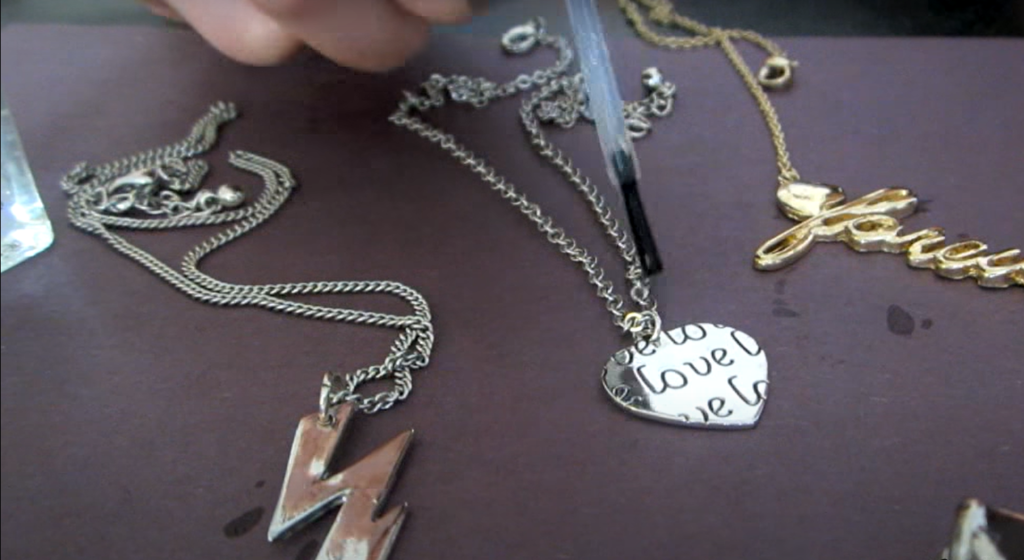
Remember, when using any spray products, safety is paramount. Always use them in a well-ventilated space and protect your skin and eyes from exposure.[2]
FAQ
Can you spray paint a necklace gold?
You can easily transform a necklace into a gold piece by spray painting it. Start by cleaning the necklace to remove any dirt or residue.
Once dry, seal the paint with a clear, protective finish for a glossy, professional look. Remember to work in a well-ventilated area and avoid direct contact with the spray.Can I use clear spray paint on jewelry?
Using clear spray paint on jewelry is highly recommended, especially after painting it. This protective layer acts as a shield against damage and enhances durability. It also adds a glossy, professional finish, elevating the overall appearance of your accessory. Remember to take safety precautions when using clear spray paint.
Is it safe to wear spray painted earrings?
It is generally safe to wear spray painted earrings, but there are important precautions to follow. Use non-toxic paint and primer, ensure the earrings are fully dried and cured, and be cautious if you have sensitive skin or allergies. Monitor for any signs of irritation or discomfort.
Is spray paint safe for skin?
While spray paint can quickly change the look of jewelry, it’s important to note that it’s not safe for prolonged skin contact. Most spray paints contain chemicals that can cause skin irritation or more serious health issues. To wear spray-painted jewelry, add a lining or wear it over clothing. Use non-toxic, skin-safe paint and ensure it’s fully dry and cured before wearing.
When should you not spray paint?
When spray painting jewelry, it’s important to consider a few factors. Avoid spraying valuable or antique pieces, as it can affect their value.
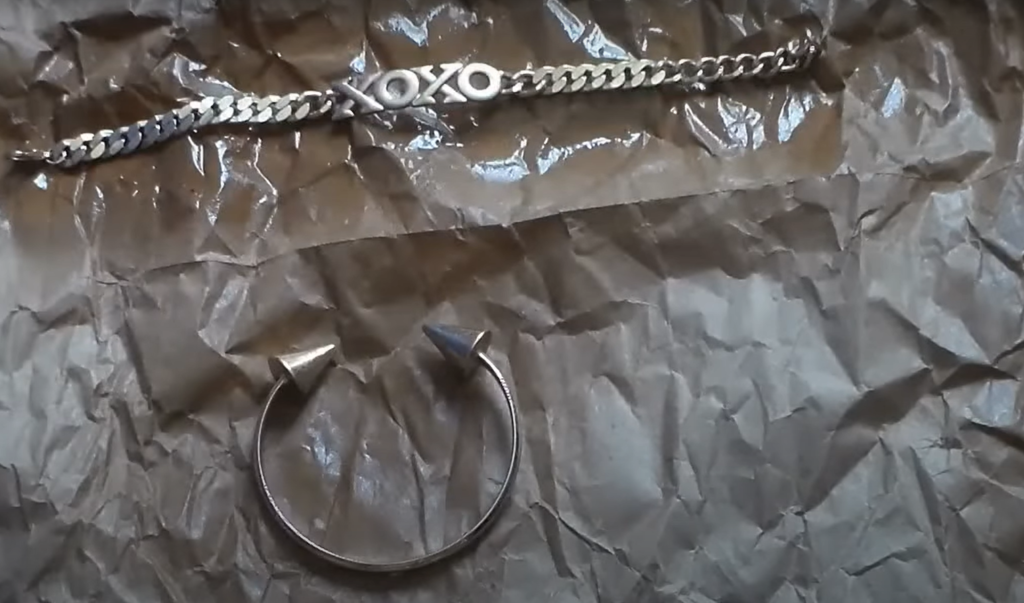
If you have sensitive skin or allergies, be cautious of potential irritations from the paint or primer. Also, take note of temperature and humidity levels, as they can impact the paint’s drying and adherence. Lastly, be mindful of jewelry that directly contacts the skin, as the chemicals in spray paint may cause skin irritation or health issues. Prioritize your safety and consult a professional jeweler if needed.
Why should you avoid buying spray paints?
There are several reasons to avoid purchasing spray paints for revamping jewelry and other items. They often contain harmful volatile organic compounds (VOCs), contribute to air pollution, and can pose a fire hazard. Additionally, the finish quality can vary, making professional jewelry restoration services a better option for high-quality refurbishment.
Useful Video: SPRAY PAINT HACK
Conclusion
Spray painting jewelry can be a fun and creative way to refresh your accessories. However, it’s important to prioritize safety by using non-toxic, skin-safe products and working in well-ventilated spaces. Avoid spray painting valuable or antique pieces and ensure proper drying before wearing. Keep in mind that professional jewelry restoration services may be a better option for high-value items or if you have chemical sensitivities.
References:
- https://www.ehow.com/how_4707874_paint-jewelry.html
- https://www.thecreativityexchange.com/2013/04/transform-old-junk-jewelry-with-enamel-spray-paint.html


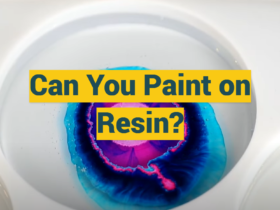


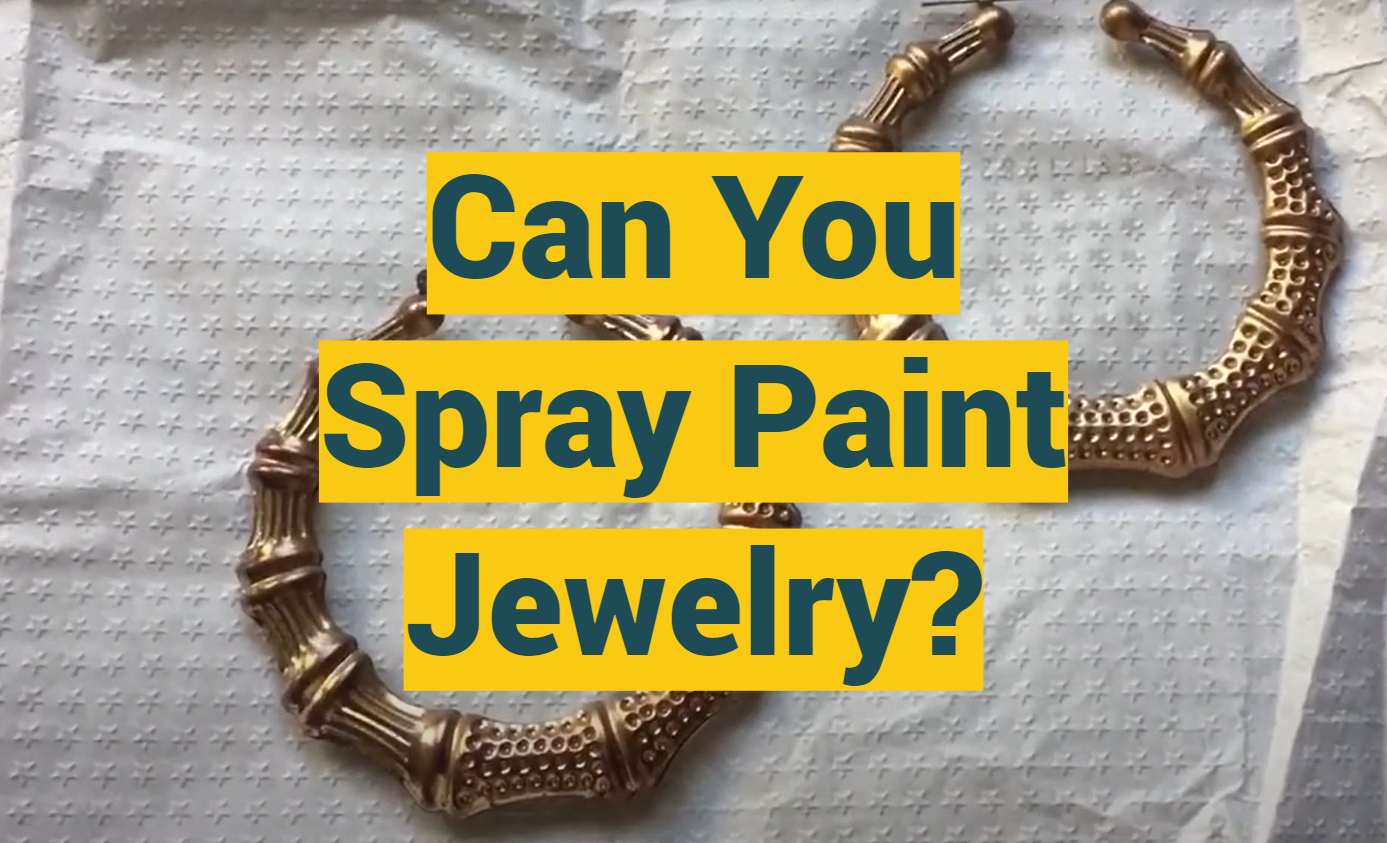




Leave a Review